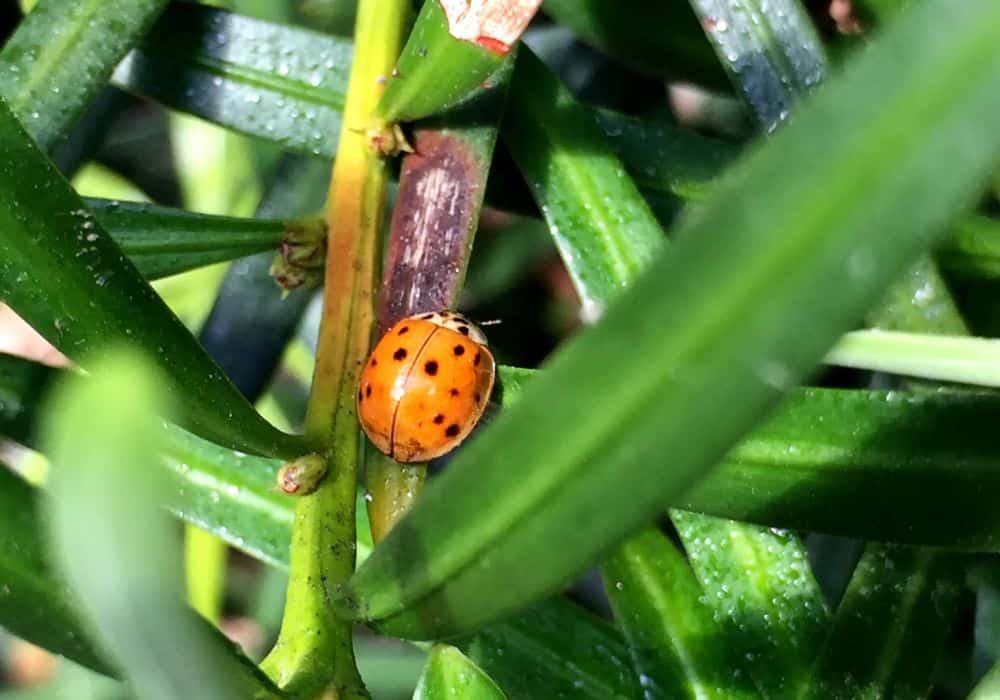If you’re from Pennsylvania, you know there are a lot of tiny insects that cohabitate with humans. But do you know which are the most common ones?
You could probably count a couple of them from the top of your head; however, there’s more, so keep reading this article to find everything about the common house bugs in Pennsylvania.
By the way, if you’re not from the PA area, we still advise you to read it because they might be present in your region as well. And, you never know: one day, you might end up living in Keystone State.
Common House Bugs in Pennsylvania
1. Cockroaches
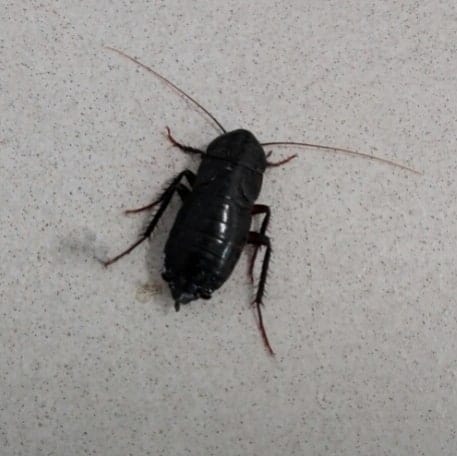
Image Credit: annadragonfly
Putting off something you don’t want to deal with for later just makes it worse, so we’ll start with the worst – roaches.
Unless you were brought up in a culture where eating roaches is perfectly normal, you probably have a strong dislike for this animal. And if you live in Pennsylvania, you can encounter three types of cockroaches: American, German, and Oriental.
- American cockroach
The largest roach species that infest not only Pennsylvanian but also American homes, in general, is aptly named the American cockroach and grows between 1-1/2 to 2 inches in length.
You probably won’t be using a ruler to measure its length, so it’s easier to recognize it by its reddish-brown to dark brown color and light yellow band around its head shield.
The adult females and males of this invasive species are roughly the same size and like to hang out around damp areas and close to food sources.
- German cockroach
Unlike American cockroaches, which are known to use their wings for flight, German roaches are a ground-bound species. But that doesn’t stop them from being the most widespread cockroach species in the world.
The distinguishing features of adult German cockroaches include their light brown to tan coloration and two dark stripes that run almost parallel to each other on their backs.
- Oriental cockroach
The Oriental cockroach is up to one inch long, oval-shaped animal that mostly prefers the outside. Their preference for moist environments has earned them the nickname waterbug. They’re also known as black roaches because of their color.
These small insects are also shiny, although we doubt you’ll want this type of shininess in your home. And, yes, they do enter houses in Pennsylvania quite a bit, which is why they’re on our list of common house bugs.
2. Silverfish
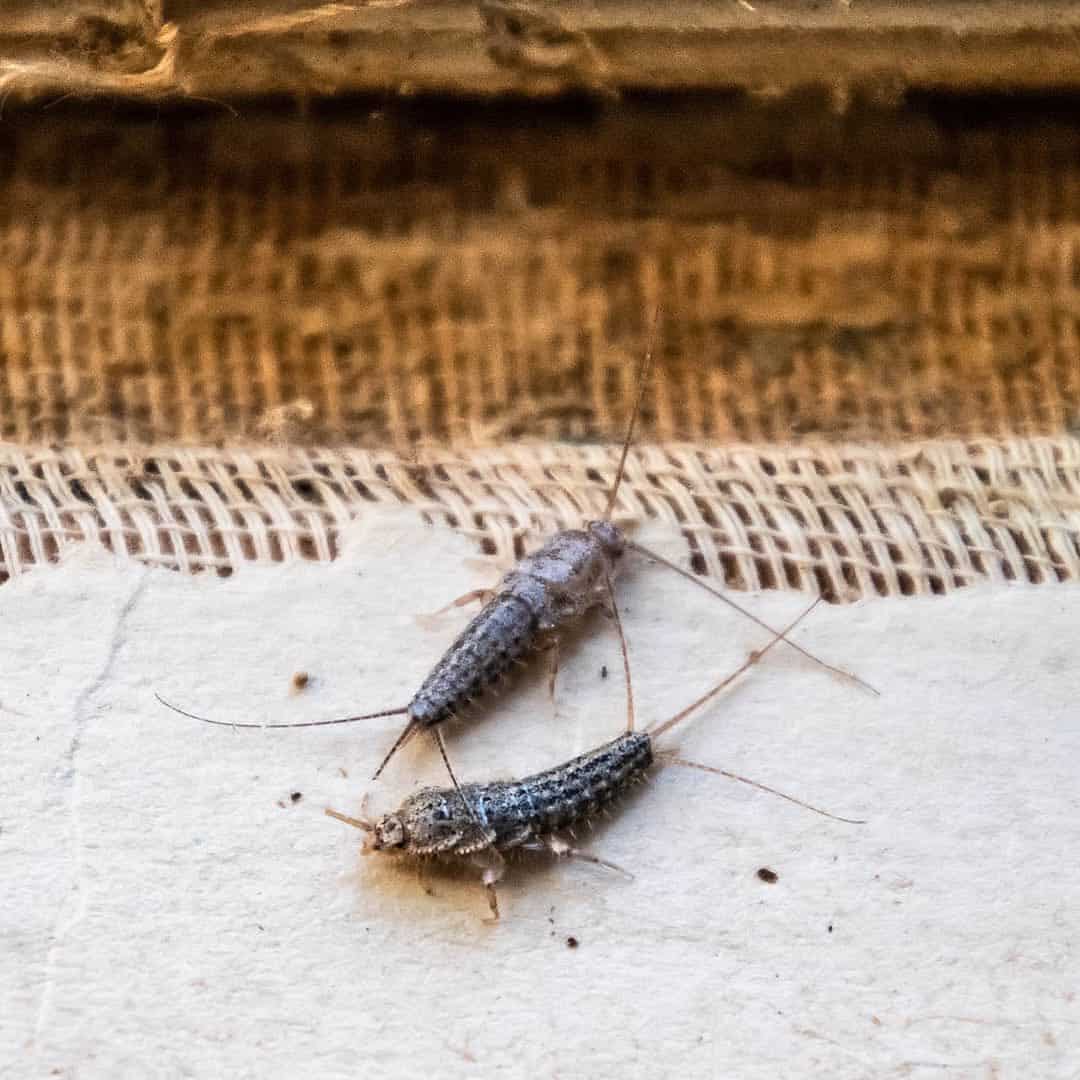
Image Credit: rcpestarkansas
If you’ve never heard of this tiny house bug, you may think it’s a cute or interesting type of fish. The reality is, however, quite different. Silverfish are wingless insects half an inch to one inch long in size, whose bodies are covered with shiny silver scales, which, combined with their fish-like movements, earned them their name.
Although they aren’t dangerous for the vast majority of humans, their outer shells and feces are known to cause allergic reactions in some of us less fortunate.
The other problem is that they can infest homes and cause damage by feeding on sugar and starch from a variety of items that can be found in any house, such as books, photos, soap, hair, clothes, bedding, silk, and cotton.
These nocturnal animals adore moist places such as bathrooms, basements, and drains and can survive up to 12 months without food.
3. Asian lady beetles
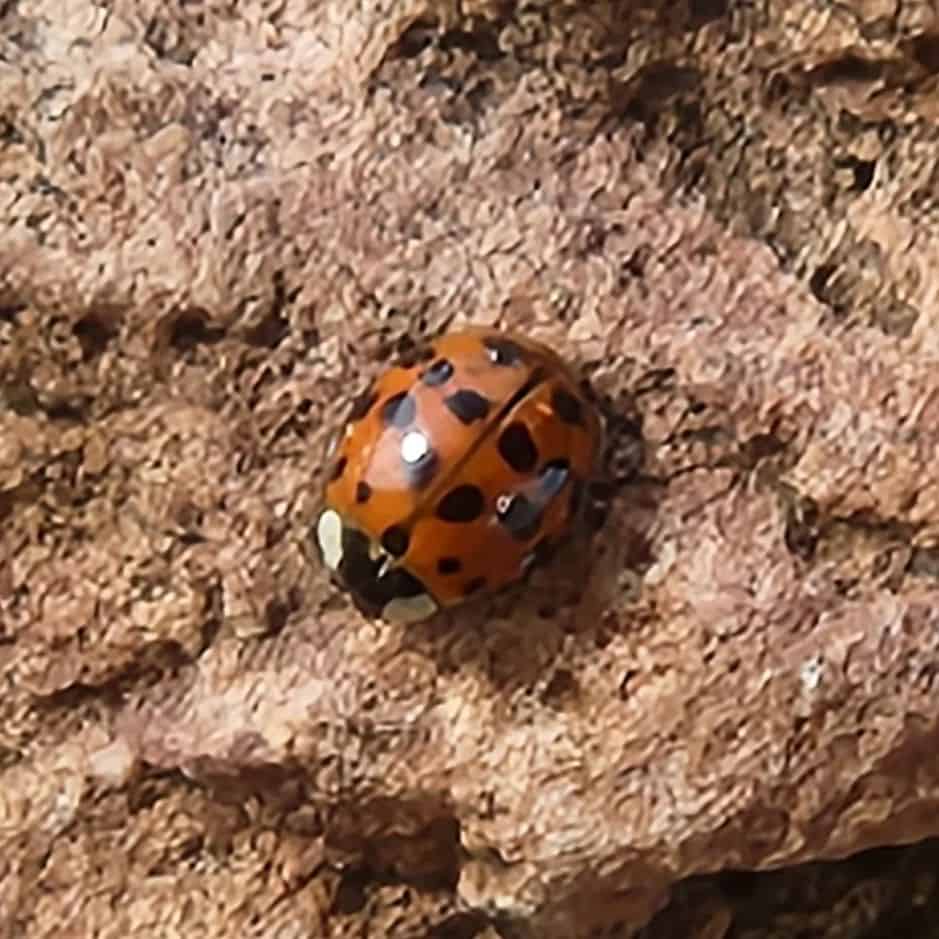
Image Credit: sp0regasm
The Asian lady beetle is one of the larger representatives of the ladybird family (Coccinellidae), native to eastern and central Asia. It has an oval body shape, a quarter of an inch long. The color of the cover is very variable, ranging from yellow, orange to red with 0-19 black spots.
Because of its great potential in the biological control of insects that cause damage in agriculture, like aphids, it has been used in their suppression in numerous countries around the world.
However, since it’s very flexible in terms of food and habitat, larger than many local ladybird species both in Pennsylvania and in other parts of the world, and because the larvae of this species show strong aggressiveness towards rivals, it usually ends up being as a dominant species, which is why today it’s characterized as invasive.
4. Black carpet beetle
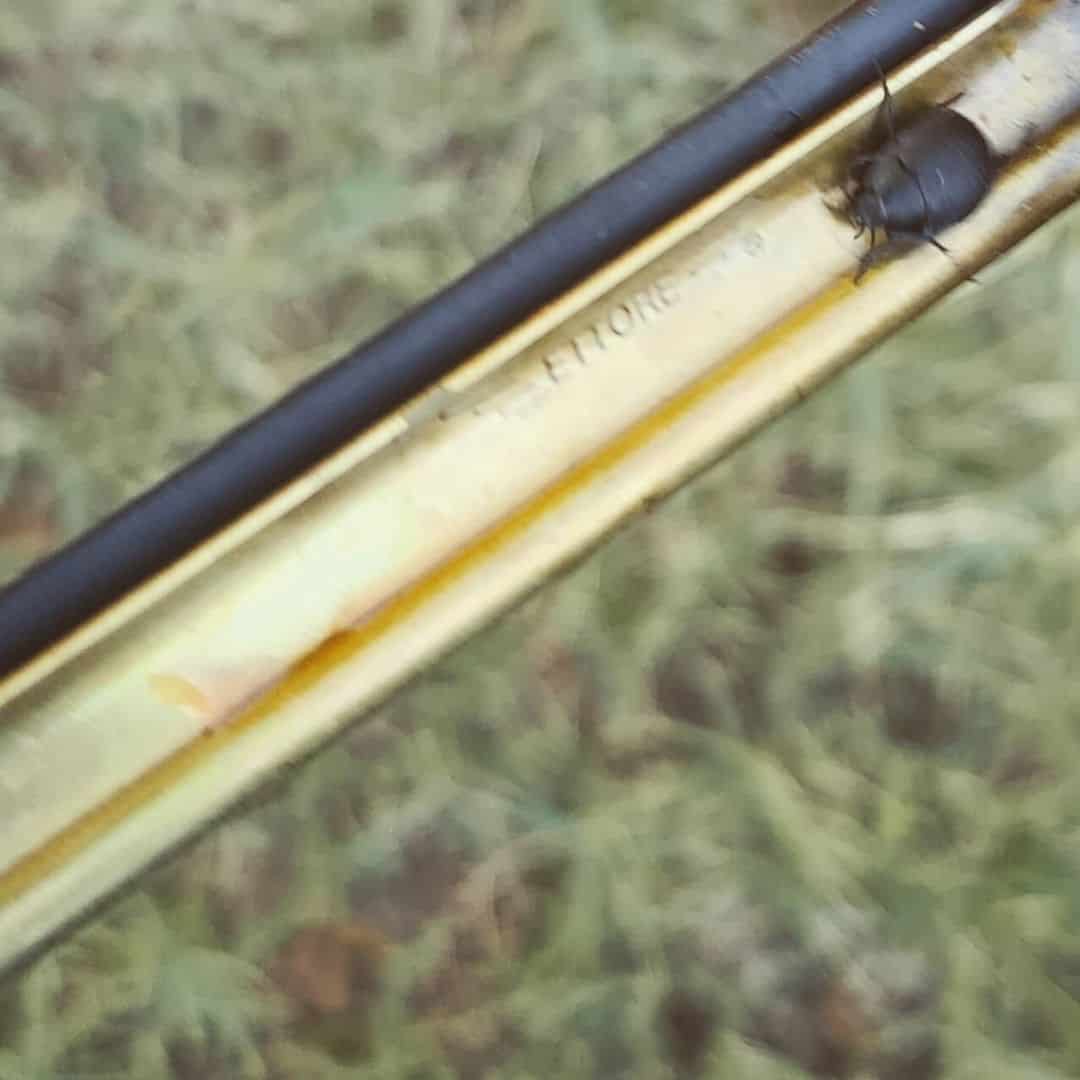
Image Credit: gabes_spotless_window_cleaning
Out of 5 beetle species that can be found in the US, the black carpet beetle is the most common one. It is also the most common beetle species in Pennsylvania. These black or dark brown oval-shaped insects grow up to a quarter of an inch in length and feed on pollen and nectar.
Interestingly, the larvae of this species are the one that causes problems to households. Adult females will enter homes in search of safe places such as cracks, crevices, and lints where they can lay eggs.
The larvae that come out of the eggs are around half an inch long and are fans of dead animals and any dead animal produce, such as leather, wool, silk, and fur.
5. House Centipedes
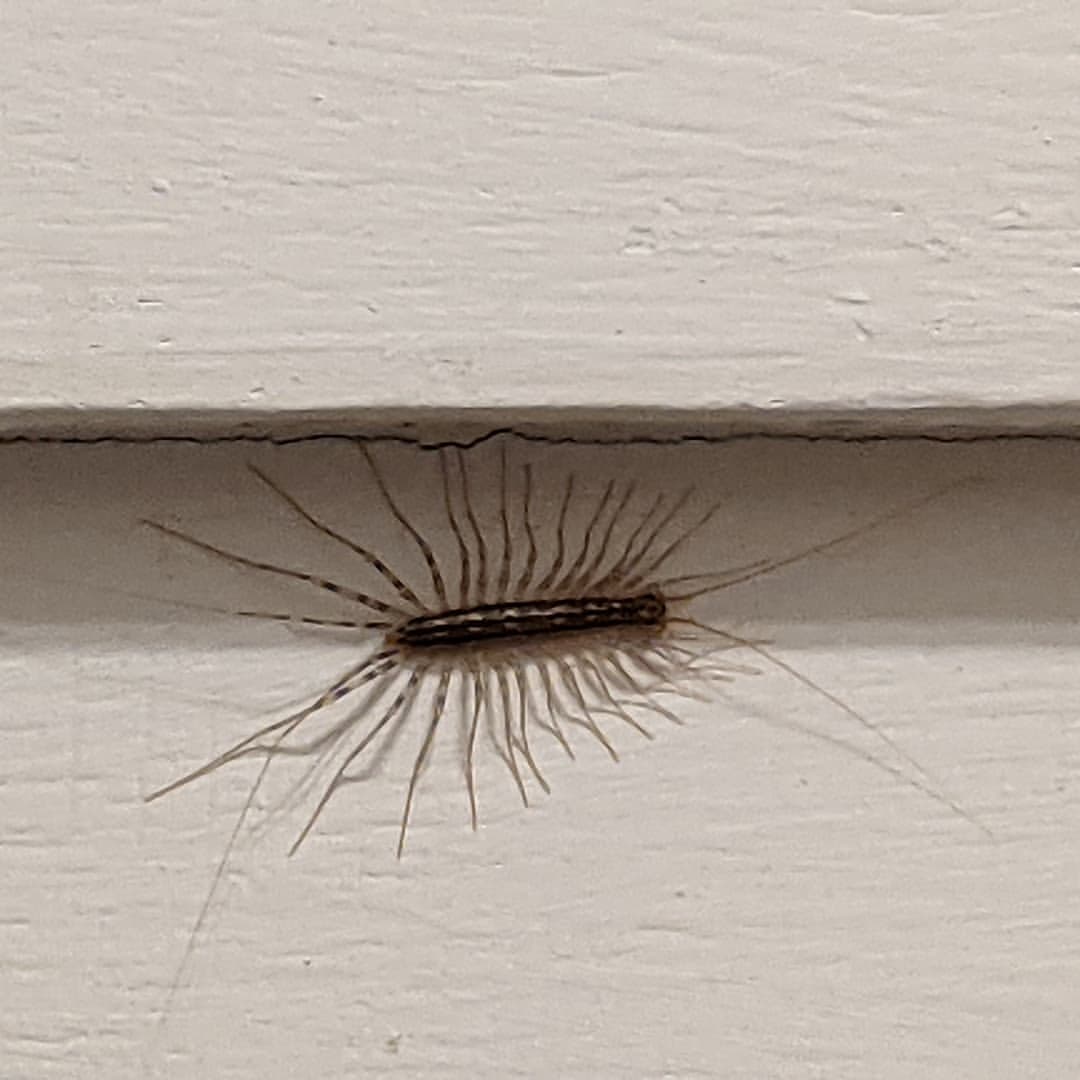
Image Credit: jroachevans
The house centipede is a species of centipede from the subphylum of Myriapoda. Their body is flat, oblong, and brown, with three dark longitudinal stripes on their backs. It can grow between one and one and a half inches in length, although with the long legs, these animals can reach 4 inches.
They are completely harmless to humans, but their very presence makes us uneasy. And even if we were to tell you that they can even be considered useful in the house because these nocturnal little animals feed on insects, spiders, snails, flies, and mites, your opinion of them would not change.
Centipedes detect their prey with their tentacles and kill them with poison. Their habitats are damp and dark places, so expect to find them in the basements, bathrooms, or garages standing motionless. Once they start moving, though, they look like a mini formula.
6. Bed bugs
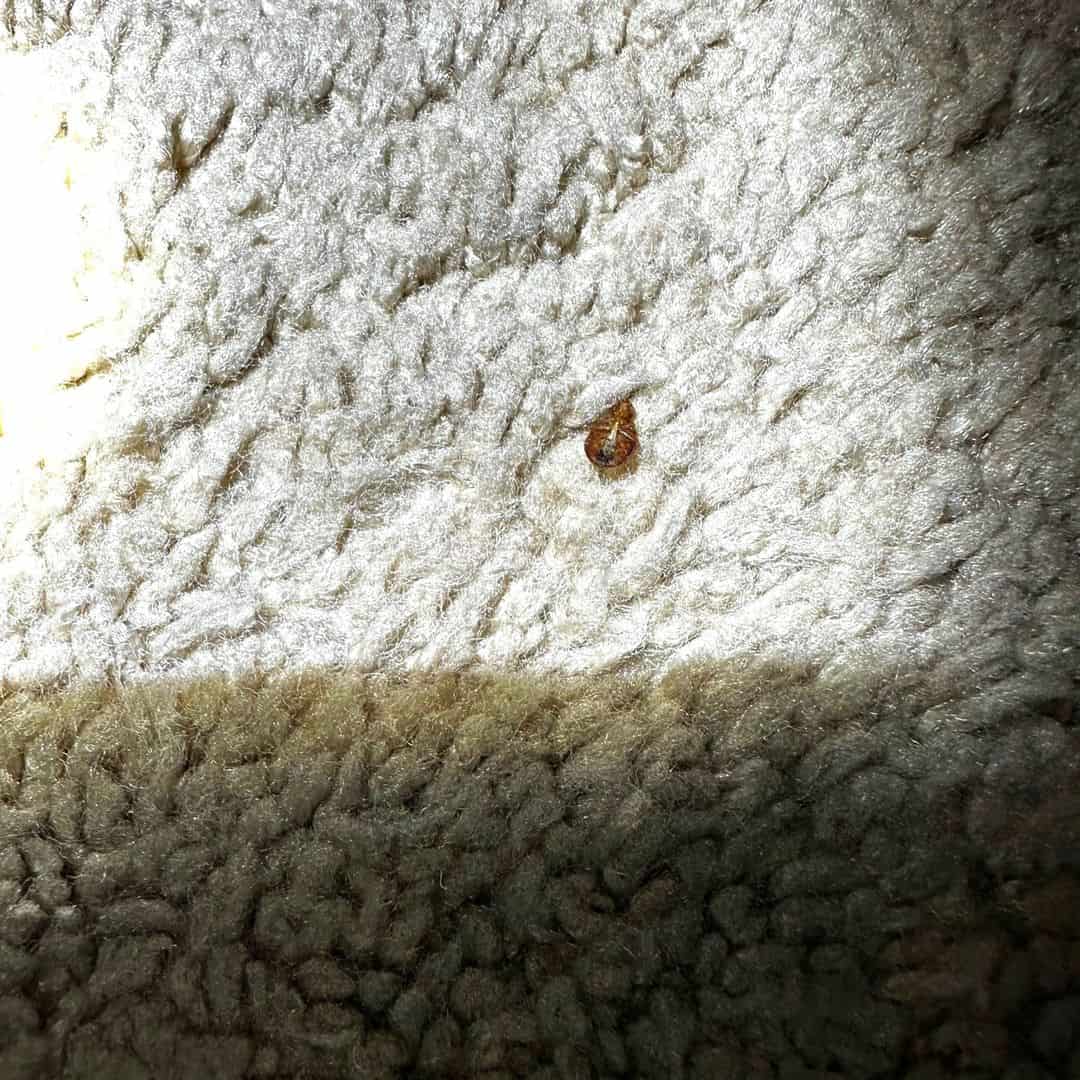
Image Credit: rumblefishpestcontrol
Residents of Pennsylvania are unfortunately all too familiar with these tiny nuisances since three PA cities (Philadelphia at no. 3, Pittsburgh at no. 18, and Harrisburg at no. 36) are on the list of the top 50 bedbug-infested cities. That’s a list you don’t want to be featured on, right?
Bed bugs are small, oval insects that feed on the blood of animals and humans. An adult bedbug is the size of an apple seed (1/4 inch long and 1/7 inch wide).
After a nice feast, these brownish animals swell and even become red from all the blood. Although they are known for hiding under the bed, which is how they got their name, bedbugs can be found in any tiny crack in the house, waiting for the night when they go into action and look for their victims.
7. Subterranean eastern termites
Subterranean eastern termites are pests that live in colonies and feed primarily on cellulose in wood. This species is the most widespread in Pennsylvania and the eastern part of the country. Depending on their place of residence, they can be considered useful or harmful.
When they nibble on dead and decaying vegetation in forested areas, they’re considered useful because they turn that vegetation into organic matter. In urban areas, however, subterranean eastern termites are a serious pest since they’re the species that cause the most damage to buildings.
One interesting thing you may not know is that these termites have a class system: workers, which “eat” the wood 24/7, soldiers who defend the nest and are fed by the workers, and swarmers, who are responsible for the reproduction of the species.
8. Stink bugs
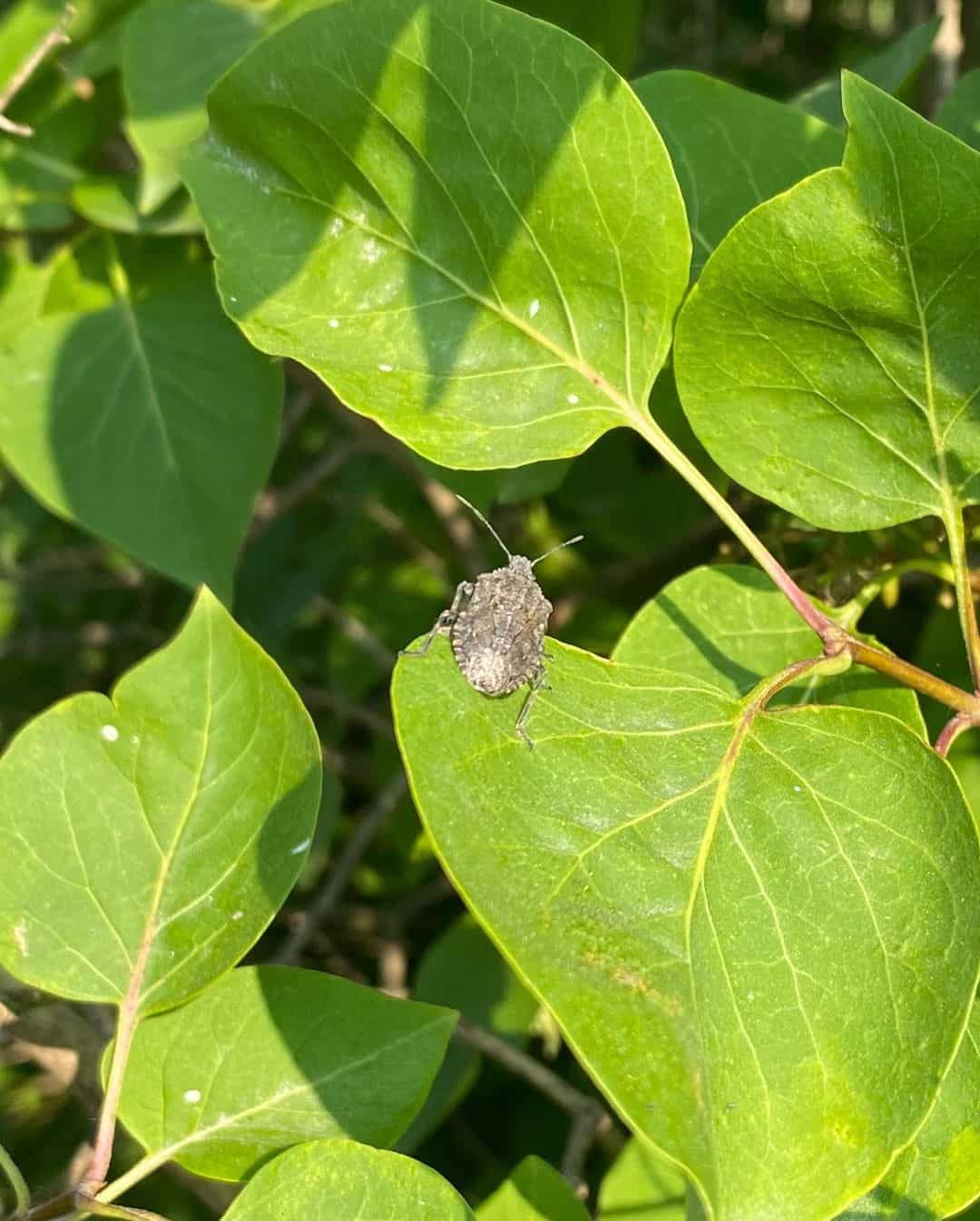
Image Credit: wacked_farm
Okay, bad news first: brown marmorated stink bugs are an invasive species found in Pennsylvania that likes to feed on many fruits and ornamental plants and are a highly reproductive species with up to 6 generations per year.
Good news: they usually produce only one generation in Pennsylvania. That number can jump to two or three in case of a warmer period from March to September.
These bugs start to invade homes in the fall when the temperatures start to go down. Getting them out is kind of hard because there aren’t many pesticides and chemicals for battling them.
Trying to kick them out or killing them is a mistake because they release a foul odor when crushed or in danger. So, your best bet is to keep the windows closed as much as possible during the transition period from summer to fall.
9. Western conifer seed bugs
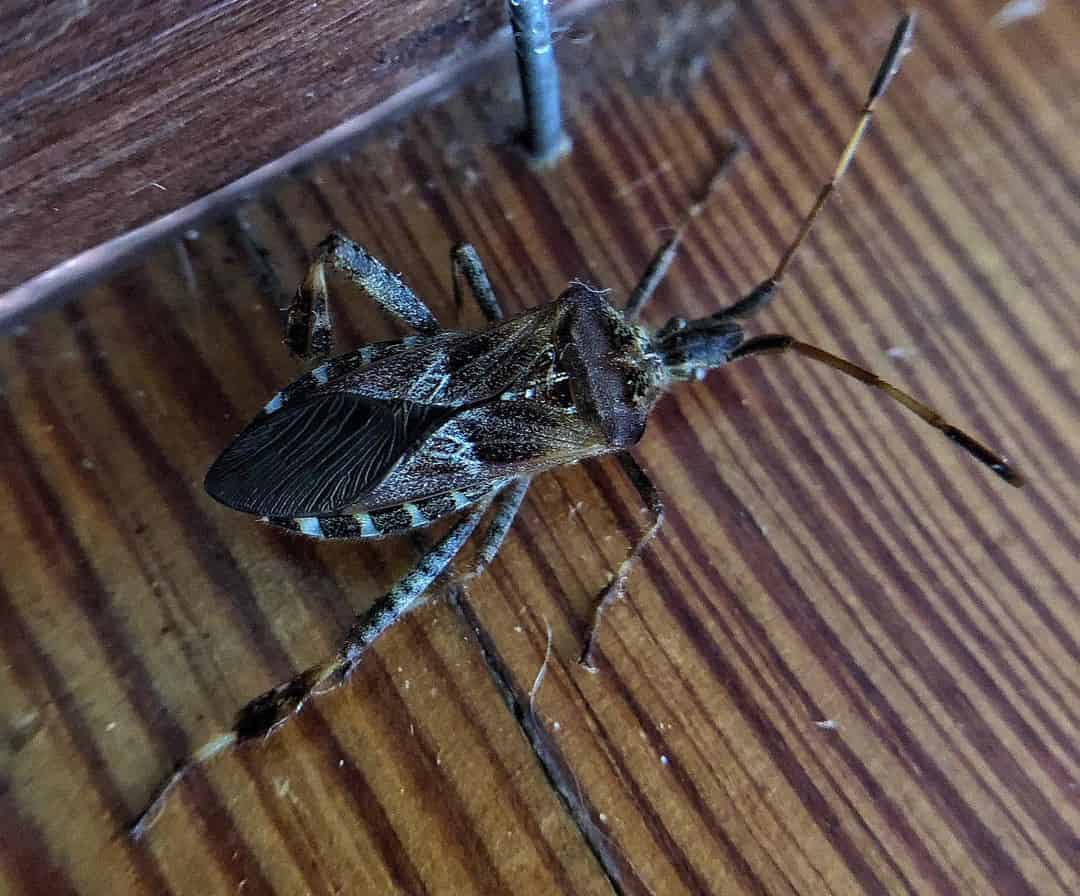
Image Credit: hilarieholdsworthdesign
Western conifer seed bug, whose abbreviation, WCSB, sounds like a name of a TV or radio station, is an insect native to the pine forests of western America. Nowadays, though, it can be found in the eastern part of the country as well as in some places in Europe and South America.
Due to its special morphological feature, the flattened extension of the tibia of the hind legs, it is also known as the leaf-footed bug.
WCSB has a couple of things in common with the stink bug: it releases a smell as a defensive mechanism (it’s even called stink bug in some places, although they’re not closely related) and enters buildings at the end of summer and the start of fall. Unlike the real stink bug, it doesn’t pose a threat to crops and ornamental plants.
10. Rodents
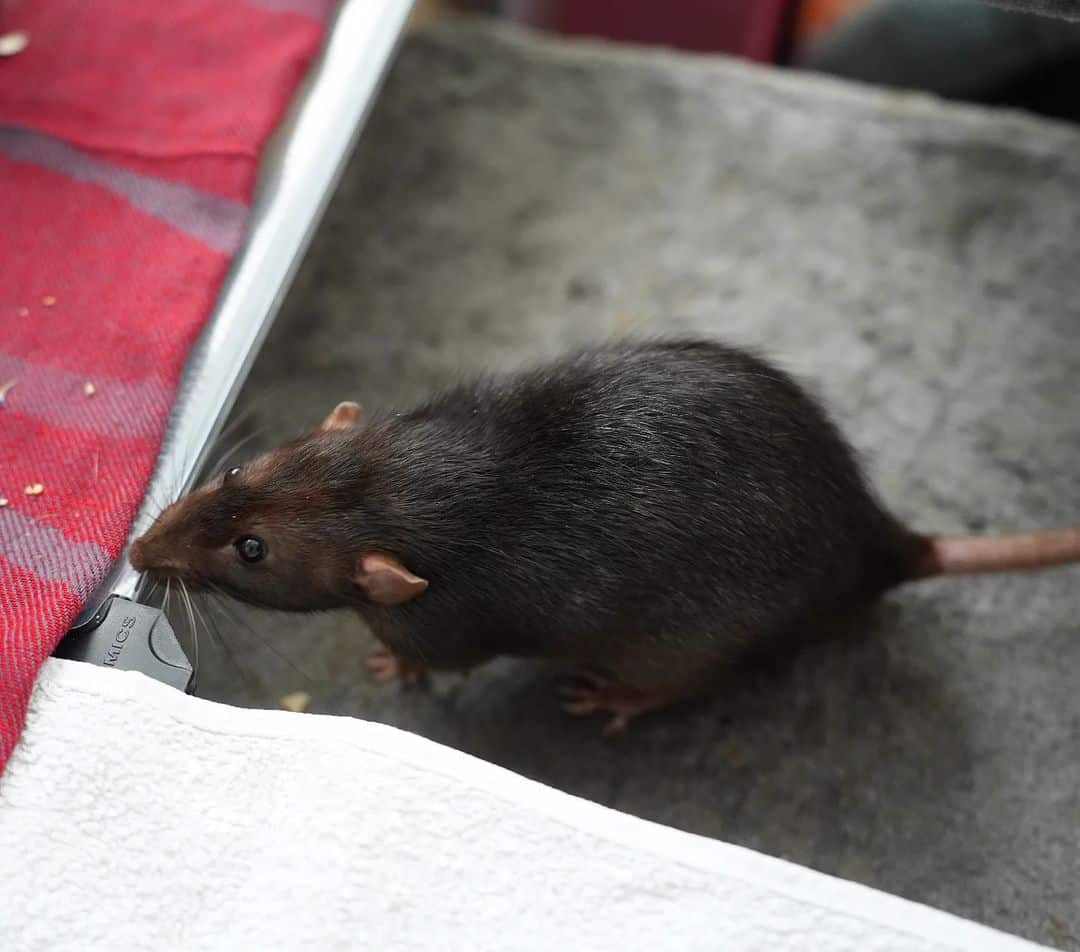
Image Credit: rattos_diary
Bonus: Yeah, we know rats, house mice, and the like aren’t bugs, but they definitely like to visit Pennsylvanian houses and can be more annoying than many of the “real” bugs from this list, so how can we exclude them from it? Especially when Philadelphia and Pittsburgh are among the top 20 rat-infested cities in the world?
Conclusion
Now you know that cockroaches, silverfish, Asian lady beetles, black carpet beetles, centipedes, bedbugs, subterranean eastern termites, stink bugs, and western conifer seed bugs are the most common house bugs in Pennsylvania.
If you were expecting spotted lanternflies or carpenter bees on the list, you should remember they’re mostly outside creatures.
Even if you keep a clean and tidy home, you might still end up dealing with infestation caused by some of the aforementioned bugs because we’re talking about teeny tiny animals. Luckily these problems are easily solved with the help of pest management companies or chemicals.
Did you have any run-ins with some of these bugs? Let us know about it in the comments! And please ask anything regarding this topic!
